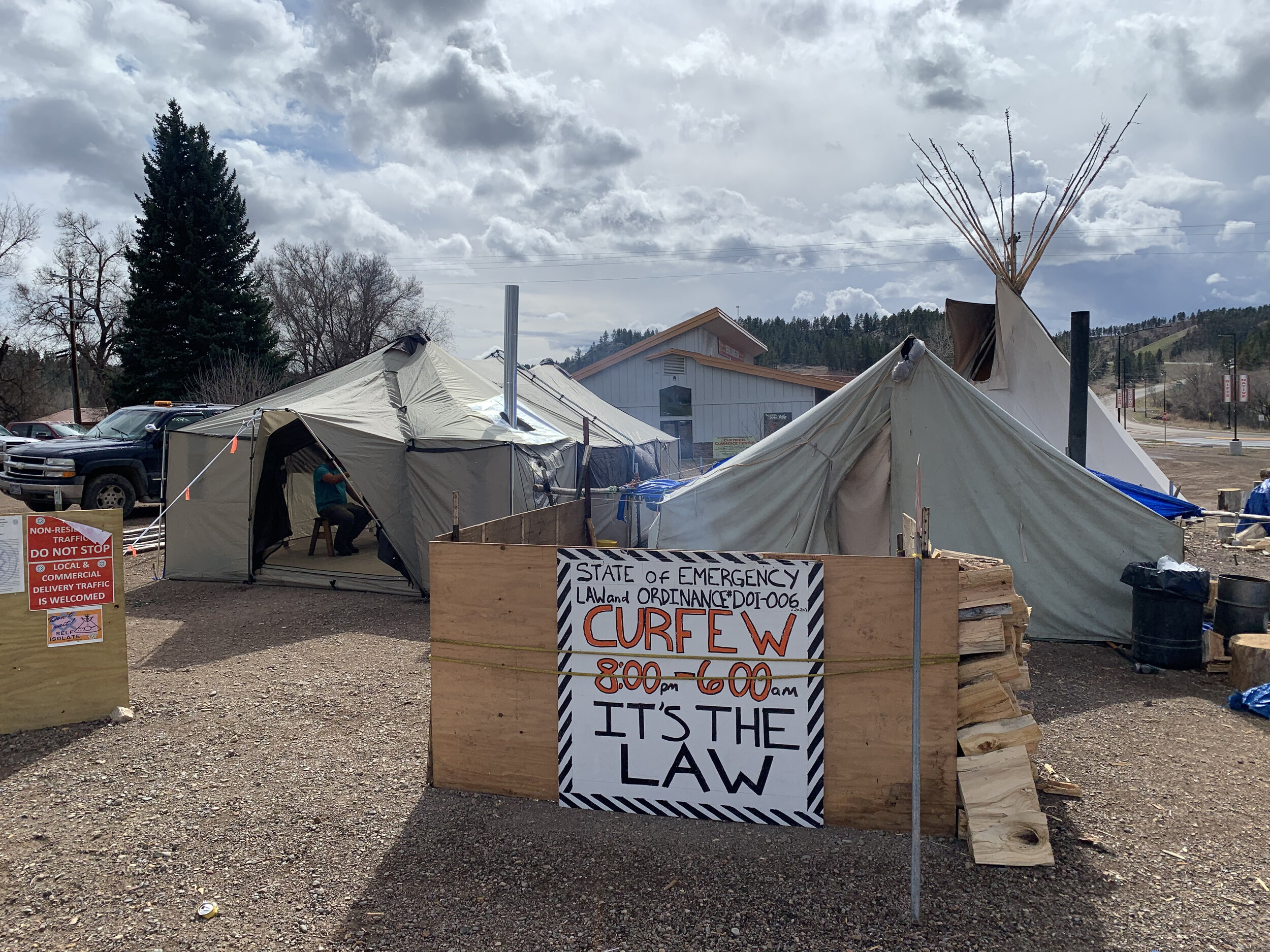
PRESS RELEASE
April 25, 2020
AMERICAN INDIAN RESERVATIONS AND COVID-19: CORRELATES OF EARLY INFECTION RATES IN THE PANDEMIC
The SARS-CoV-2 virus is causing widespread devastation as rates of coronavirus disease 2019 (COVID-19) grow across the world. The United States is experiencing one of the largest outbreaks with over half a million confirmed cases as of mid-April 2020. However, outbreaks on tribal lands are largely ignored by the federal government, mainstream media, and case tracking web sites. To reverse this erasure, Indian Country Today has collected cases for the Indian health system. As of April 10, the ICT database contained 861 COVID-19 cases in 287 tribal communities. Infections are growing across Indian Country, but very little is known about the relationship between community and household characteristics and the rate of COVID-19 spread on tribal lands. This is the question that a team of Indigenous researchers at UCLA and the University of Arizona are actively working to answer.
This interdisciplinary team includes social demographer Desi Rodriguez-Lonebear, health services researcher Nicolás E. Barceló, economist Randall Akee, and public health researcher Stephanie R. Carroll. Merging the ICT data with the 2018 American Community Survey 5-Year records, they conducted multivariate analyses to identify relationships between the rates of COVID-19 cases per 1000 population and average reservation (or homelands) characteristics.
The results show that by April 10, 2020, the rate of COVID-19 cases per 1000 people was more than four times higher for the populations residing on reservations than for the U.S. as a whole. COVID-19 cases were more likely to occur in tribal communities with a higher proportion of homes lacking indoor plumbing. COVID-19 cases were less likely to occur in tribal communities where households spoke English-only.
This research finds that failure to account for the lack of complete indoor plumbing and access to running water in a pandemic may be an important determinant of increased incidence of COVID-19 cases in tribal communities. Access to relevant information in Indigenous languages may play a key role in the spread of COVID-19 in some tribal communities. Previous studies have identified household plumbing, overcrowding, and language barriers as potential pandemic and disease infection risk factors. These risk factors persist. Specific actions must be taken now to provide potable water, and culturally-relevant information via community preferred media. Urgent funding to strengthen tribal public health and household infrastructure, as delineated in treaties and other agreements, is necessary to protect American Indian communities from COVID-19 and future pandemics. This research has been accepted for publication at the Journal of Public Health Management and Practice.
Media Contact Information
Dr. Randall Akee ()